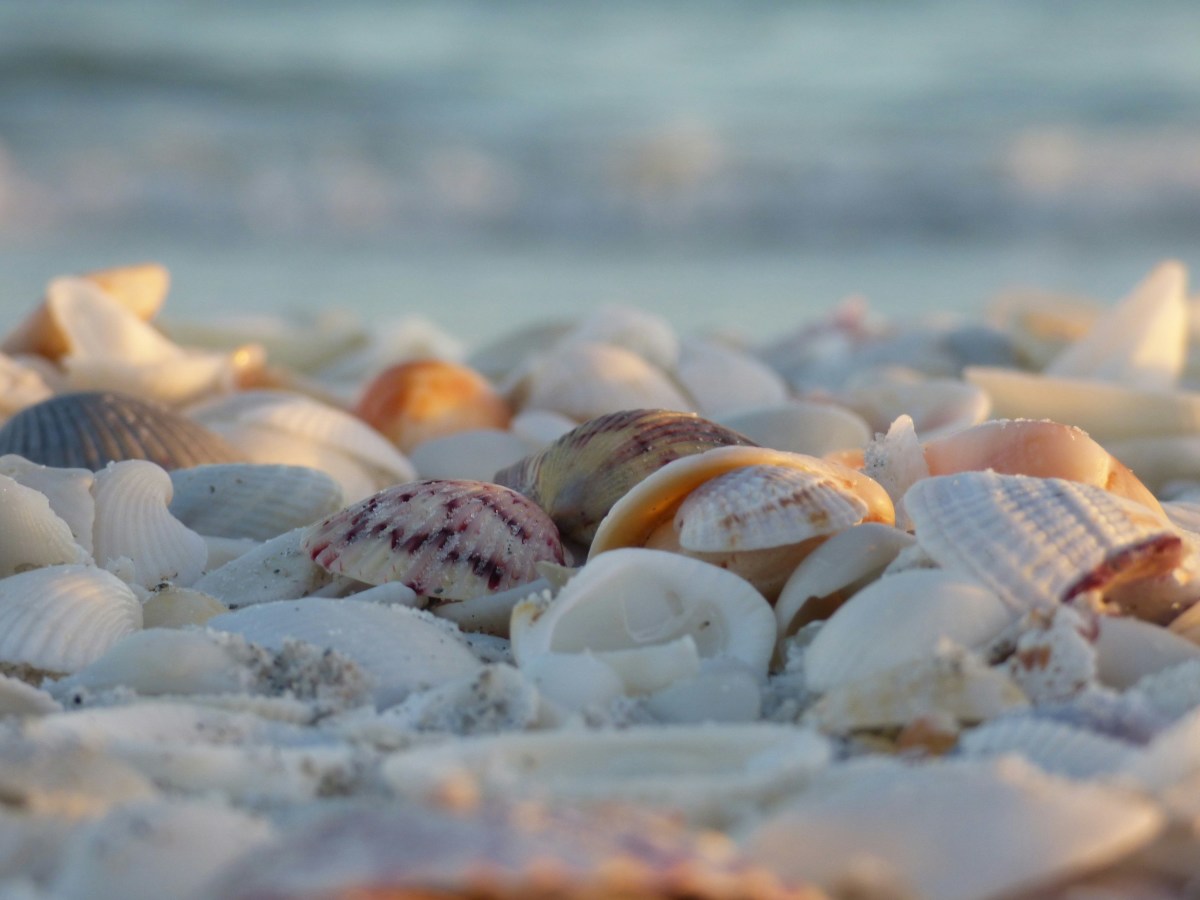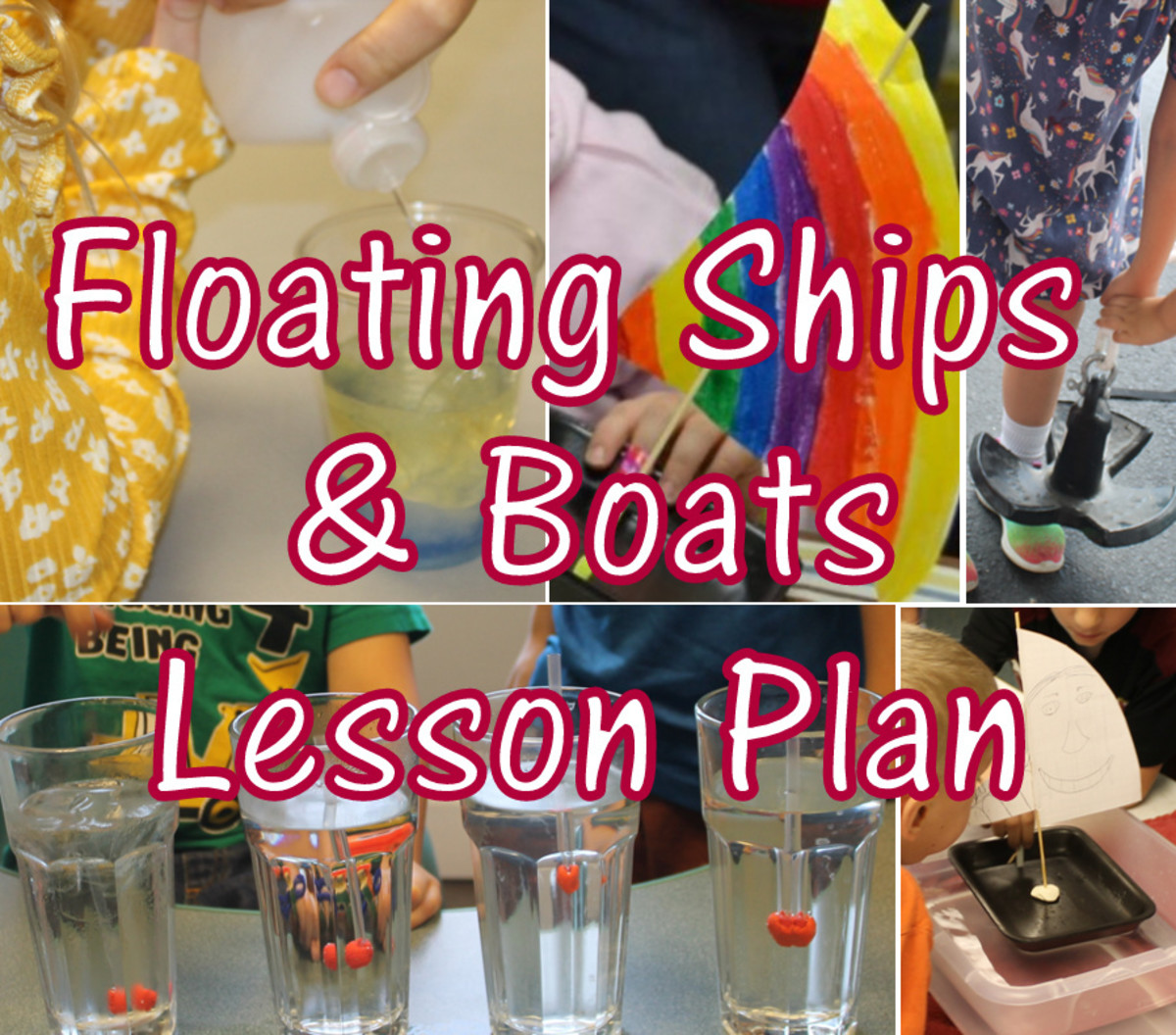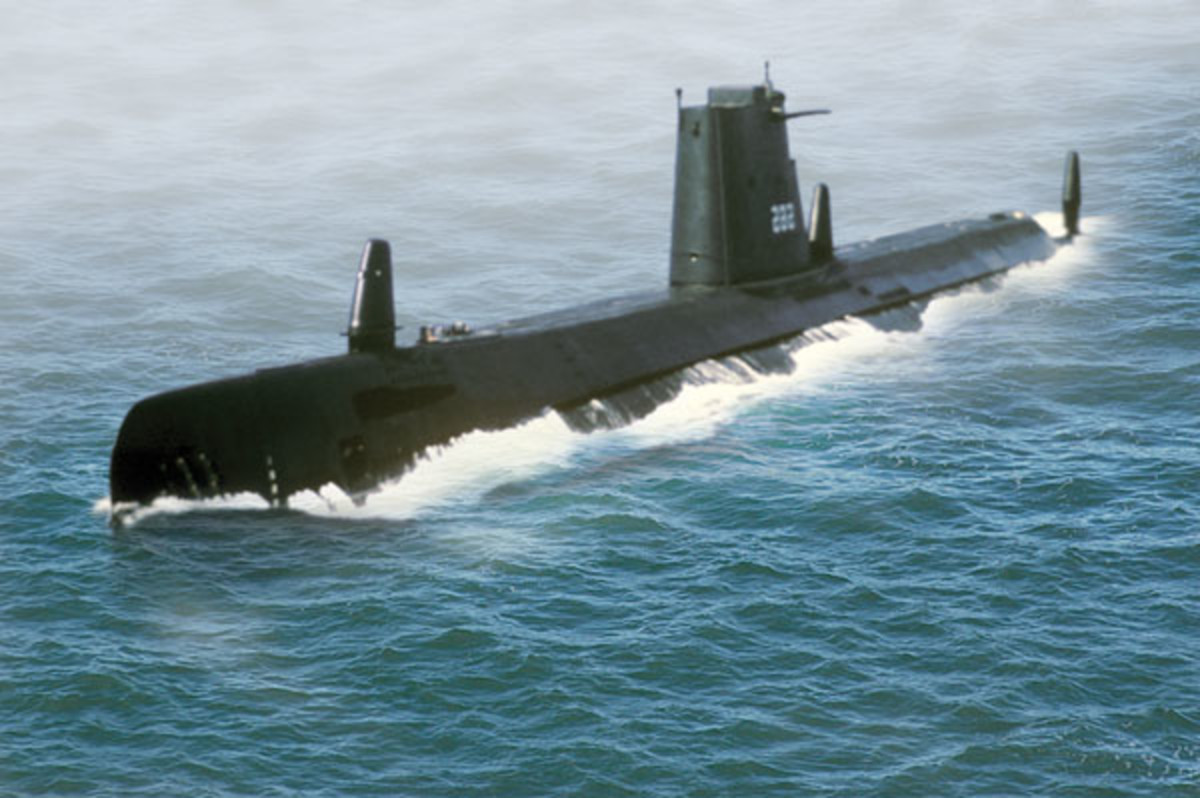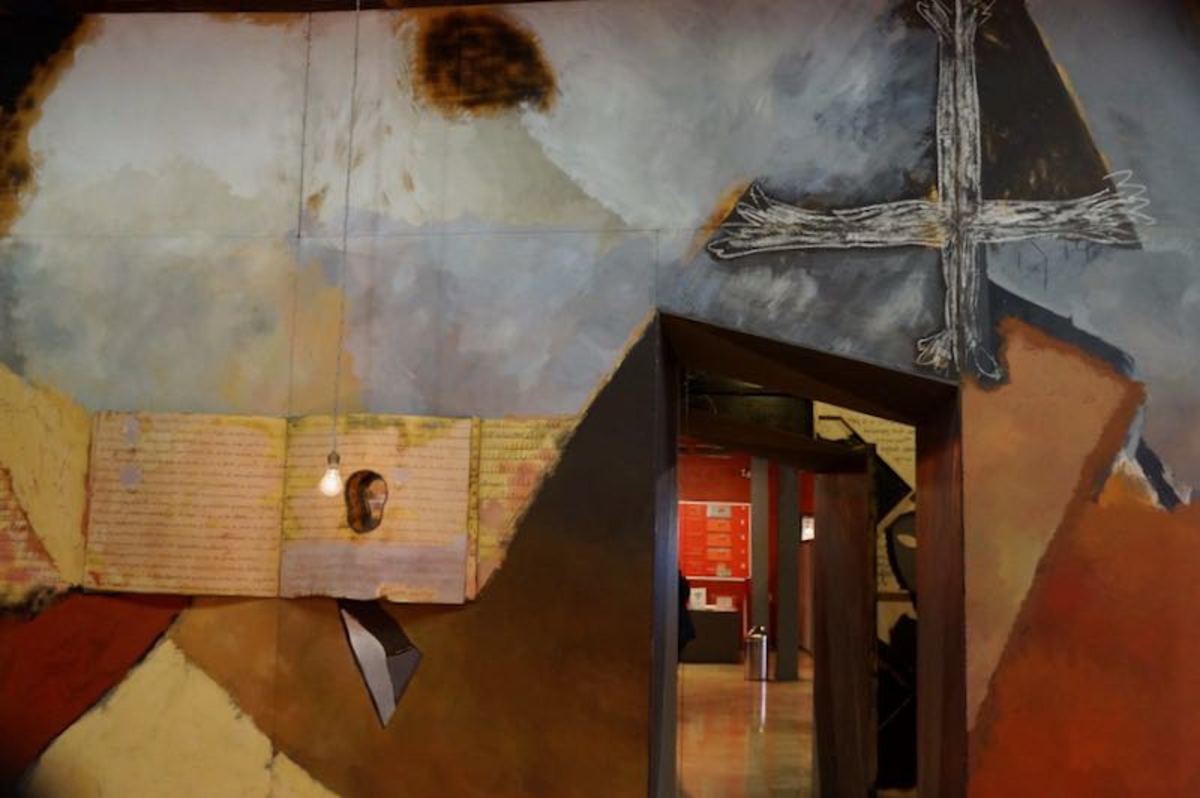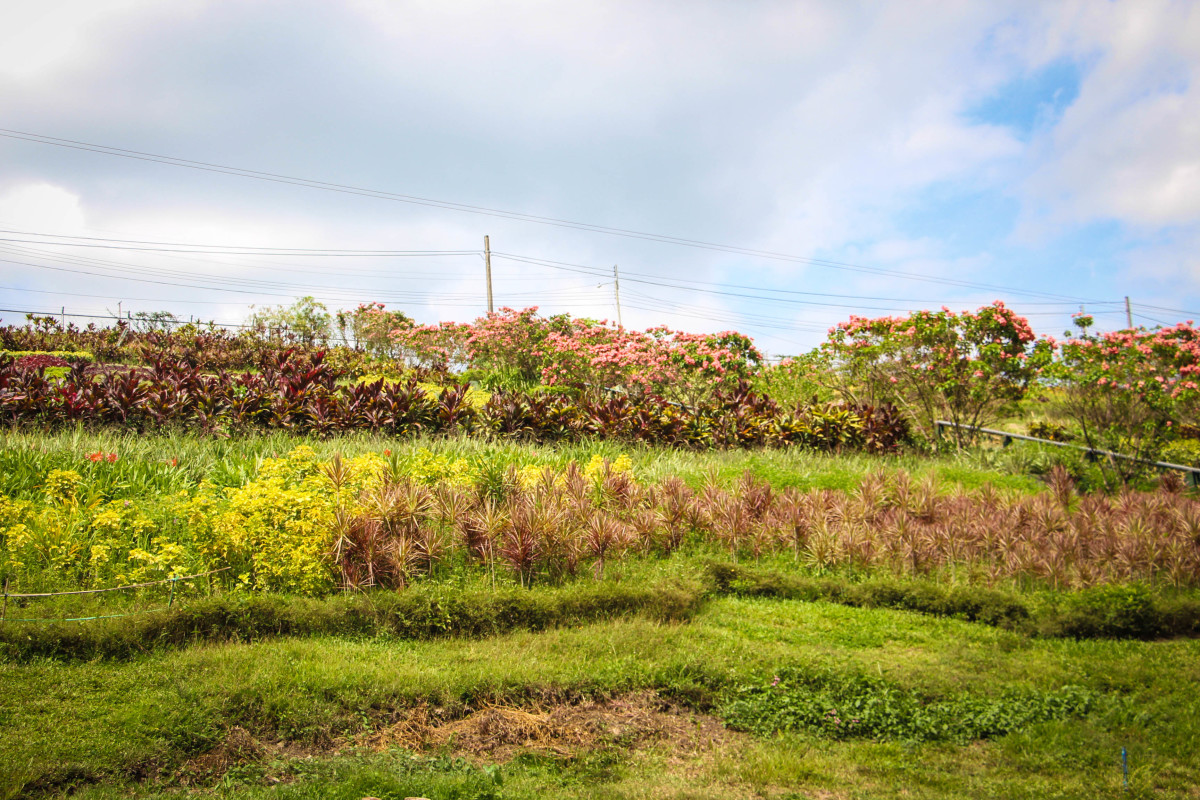Everglades Tours - Come Take a Ride in a Hovercraft
Teaching Fourth Grade in Florida
To be a teacher in Parkland, Florida is a gift. I was a new teacher and could not believe that here I was a fourth grade teacher in this beautiful school and area. I learned that the fourth grade curriculum meant that I would be teaching about the state of Florida. I had just moved here from New York. I had a lot of learning to do before I could share this with my students. We learned about terms related to maps and then began the fun investigation into the specific areas of Florida.
Map of Florida
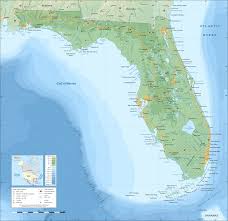
Everglades
One of the first areas we concentrated on was the Everglades. Since I was in the Broward school district, I had to first teach the children that Broward was formed from sections of Dade and Palm Beach Counties back in 1915. It had been named after a past governor, Napoleon Bonaparte Broward.
The children sitting in my classroom were made to understand that this area that they and more than a million people now live in had not been fit for habitation. We studied about what the land looked like approximately 100 years ago.
Napoleon Bonaparte Broward
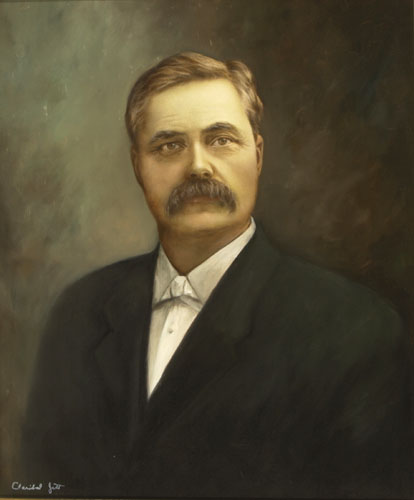
Land Not Fit for Habitation and Problems Created
The goal was to teach the children the history of the land they now lived and played on and to help them to realize the challenges that their future faced.
When I told the children that the land they played on was once not fit for habitation, they looked puzzled. They were curious as to what had changed?. They wondered how and why.
Together we delved into the history of southern Florida and how Mr. Broward looked at the land differently than others had in the past.
The children learned that Mr. Broward, along with others used their awareness of a tree that had been mostly found in Australia, called the Melaleuca tree to create usable land.
We began our research. We learned:
- the Melaleuca tree is a rather small in stature. It grows only to about 50-60 feet high. One could equate it to looking somewhat like an American birch tree. It grows along waterways and marshes and requires large quantities of water.
- Broward and others were looking for a way to create more land where they could grow more sugar and citrus fruits, they looked at the Melaleuca tree as a possible option to help them to accomplish this goal. They calculated that if they planted large quantities of these trees, they would soak up large quantities of water and create more usable land by drying up the swamps.
- They proceeded with the planting of the trees and dropped seeds by airplane. The trees grew and by 1910 these nonnative trees were readily seen.
- While no one intended to harm the environment, Broward and his counterparts had not anticipated the disaster that was awaiting them. They had not anticipated the rate of growth of the trees and they began invading south Florida at a shocking rate. Another issue that was unexpected was that the leaves and bark emitted oils and made them flammable. When ignited, the trees dropped large numbers of seeds. The trees were overtaking the native plants. This also endangered other natural wildlife as well.
- There was a saving grace for the remainder of the state Florida. While the trees can withstand some degree of very cold temperatures, the young seedlings are unable to and died quickly as they extended further north into Florida.
- So while the intended goal for the Melaleucas to soak up vast quantities of water and create usable land had been accomplished, it didn't take long until it was realized that they had seriously endangered the native wetlands habitation.
- Naturalists have worked very hard to try to control this invasive species but not very successfully. The trees do not respond well to herbicides. When cut, many seeds drop only leading to more growth.
- Efforts to eradicate the invader have so far not been very successful. If the tree is cut or damaged, seeds readily fall leading to more trees. Herbicides are not effective. There are some benefits. The tree is rot and fungus resistant. Termites do not like them; thus, commercial use of the trees is encouraged. They are also grinding the trees for mulch to use for landscaping. Any options to attempt to destroy the trees has been encouraged. Certain biological controls such as releasing native Australian animals have been attempted. Thus far these methods have not been very successful.
Melaleuca Trees
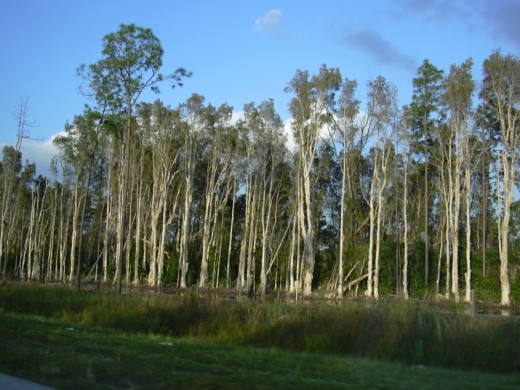
Now Invested
The children were now really invested in their area. They knew they loved their home and began to realize the difference between native plants and non-native plants. They realized that allowing non-native plants to exist in their environment was creating a real problem. We began to continue our research. The children were concerned that bringing more non-native plants and animals into their environment could create more problems. I was so very proud of my nine and ten year old children for their investment and contributions to the issues at hand.
Everglades
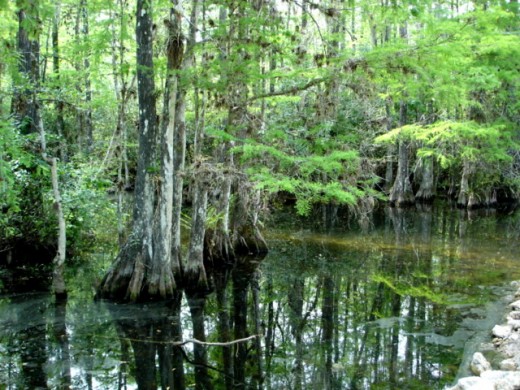
Field Trip to the Everglades
It was time to take our students to the Everglades. I had no idea what was in store for me nor did my students. I was told to wear an old pair of shoes as we would be hiking through the Everglades. Naive me did not realize that meant actually hiking through the swamps. I am not what you would call a squeamish person but hiking through the swamps, knee deep, not knowing what was below that water was a bit discerning for me. I put my own fears aside as my concern was making sure my class of 32 students all safely made it through. We were given walking sticks and began our tour. The children all squealed with delight - well most of them. They oohed an aw-wed at all of the natural elements. I do have to say that most of the boys seemed to enjoy it a bit more than most of the girls. That is not a commentary - just an observation.
Swamps
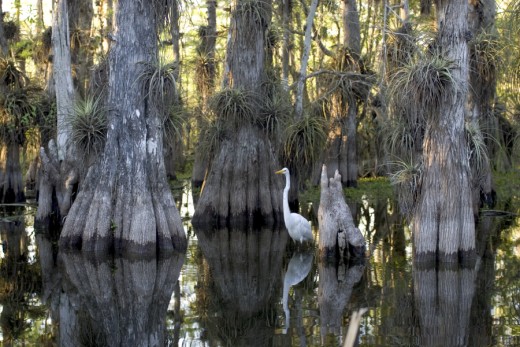
The Hovercraft Tour
The hovercraft tour had to be what all of us would consider the highlight of the entire field trip. We boarded the hovercrafts and took off at a high speed. All of my fears faded away in regards to worrying about my students walking in the swamps. The beauty of the area was amazing. The ride itself was quite exciting.
After we traveled a bit, we stopped on and learned about sawgrass. The guide told the students that if you take sawgrass and slide it across your skin on one side it will cut right through your skin and if you flip it over it will be as soft as a regular blade of green grass. He asked for a volunteer to come up to the front to slide a single blade of sawgrass across their forehead. I had some adventurous children I discovered as many hands went up. The guide slid the grass across the forehead of my student. Even though I had confidence that the guide knew what he was doing, I had to admit I found myself holding my breath. Of course my student was fine. We continued on until we found some alligators in the wild. The guide dangled some food above the head of one of the alligators and he quickly lunged forward opening his jaws wide open. The children were in awe. It was a wonderful field trip. It was certainly one I will never forget.
Hovercraft - the smaller version
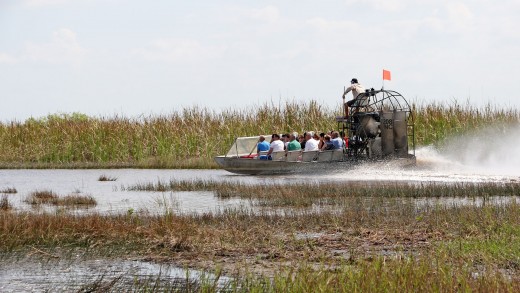
Returning Back to School Post Field Trip
When we arrived back to school, my principal was waiting. He asked me how my first field trip went. I replied, "you didn't tell me about walking through the swamps when you hired me." He just laughed. All in all it was a great day!

